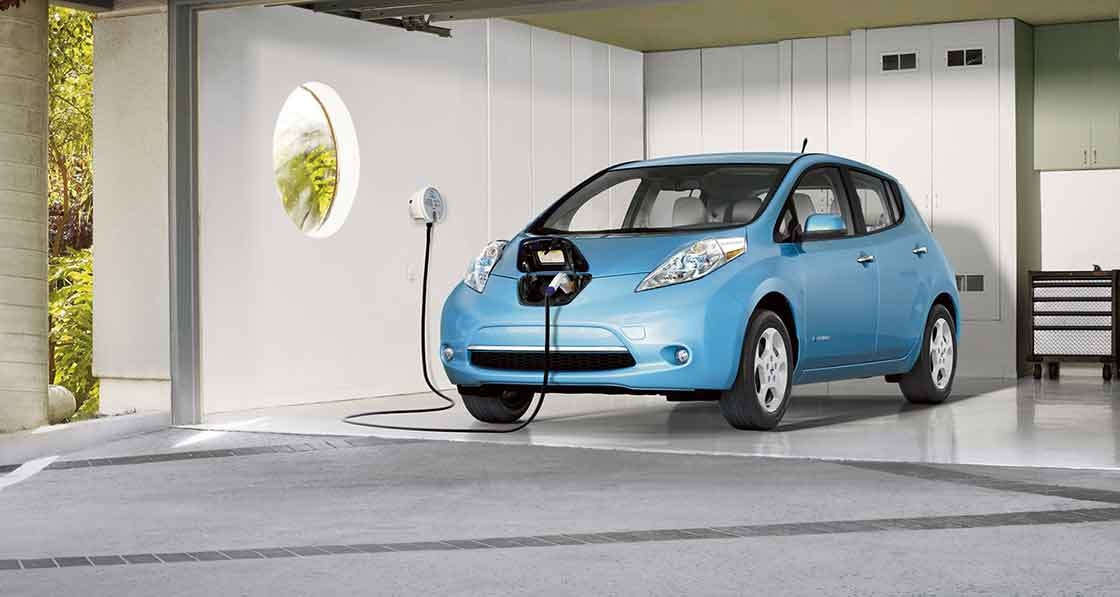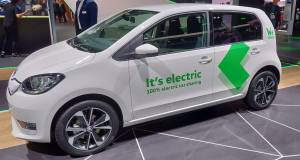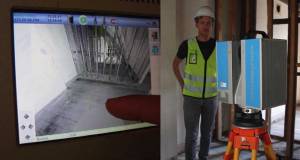
- Product News
- Posted
EVs can be used to power buildings, study finds
Stored energy from electric vehicles (EVs) can be used to power large buildings – creating new possibilities for the future of smart, renewable energy — ground-breaking battery research at the University of Warwick has shown.
This article was originally published in issue 22 of Passive House Plus magazine. Want immediate access to all back issues and exclusive extra content? Click here to subscribe for as little as €10, or click here to receive the next issue free of charge
Dr Kotub Uddin and colleagues demonstrated that vehicle-to-grid (V2G) technology can be intelligently used to take enough energy from idle EV batteries to be pumped into the grid and power buildings — without damaging the batteries. This new research into the potential of V2G shows that it could actually improve vehicle battery life by around 10% over a year.
The research was carried out by the university’s WMG energy and electrical systems group, and in collaboration with Jaguar Land Rover. For two years, Dr Uddin’s team analysed some of the world’s most advanced lithium ion batteries used in commercially available EVs, and created one of the most accurate battery degradation models existing in the public domain to predict battery capacity and power fade over time, under various ageing acceleration factors — including temperature, state of charge, current and depth of discharge.
Using this model, Dr Uddin developed a ‘smart grid’ algorithm, which intelligently calculates how much energy a vehicle requires to carry out daily journeys, and – crucially – how much energy can be taken from its battery without negatively affecting it.
The researchers used their ‘smart grid’ algorithm to see if they could power WMG’s international digital laboratory – a large, busy building which contains a 100-seater auditorium, two electrical laboratories, teaching labs, meeting rooms, and houses approximately 360 staff – with energy from EVs parked on the University of Warwick campus.
They worked out that the number of EVs parked on the campus (around 2.1% of cars, in line with the UK market share of EVs) could spare the energy to power this building – and that in doing so, ‘capacity fade’ in participant EV batteries would be reduced by up to 9.1%, and ‘power fade’ by up to 12.1% over a year. It has previously been thought that extracting energy from EVs with V2G technology causes their lithium ion batteries to degrade more rapidly.
The research paper, ‘On the possibility of extending the lifetime of lithium-ion batteries through optimal V2G facilitated by an integrated vehicle and smart-grid system’ is published in the journal Energy.
The technology to enable EVs to power buildings is starting to become commercially available, such as Nissan’s V2G and X-Storage systems, which enable Nissan EVs to discharge battery power for use in buildings, to accept energy from micro-generators and to store energy – either from micro-generators or from EVs.







